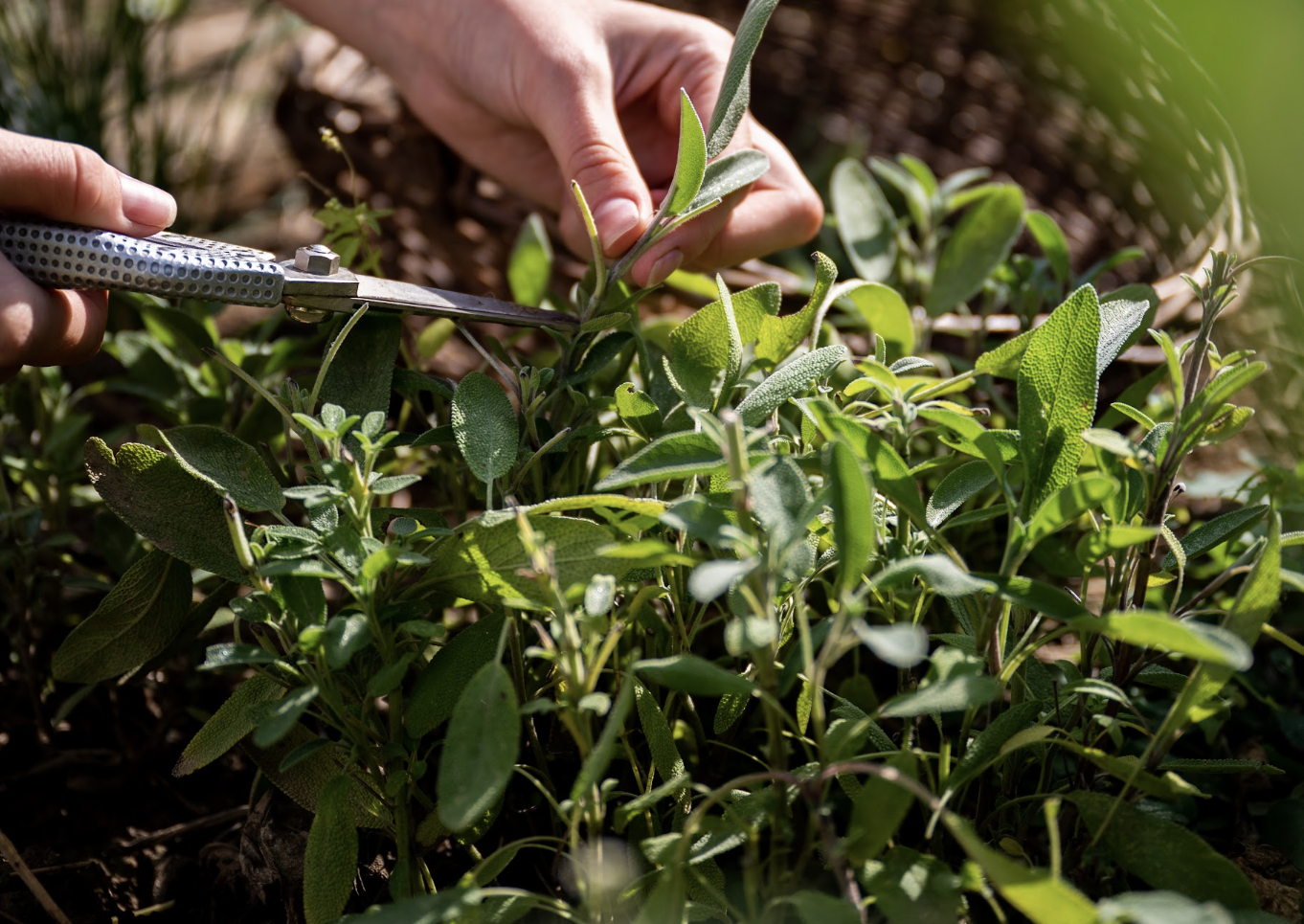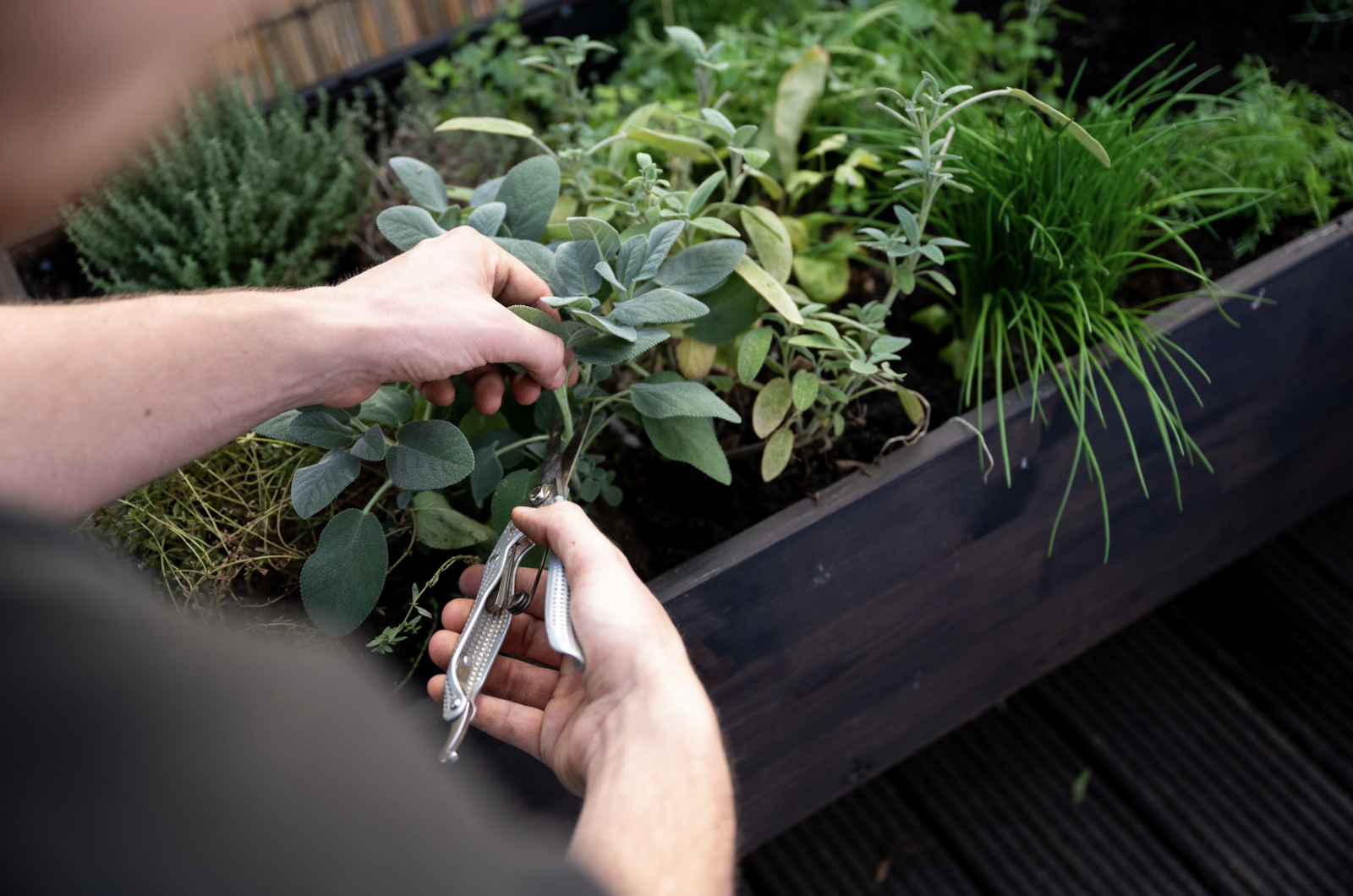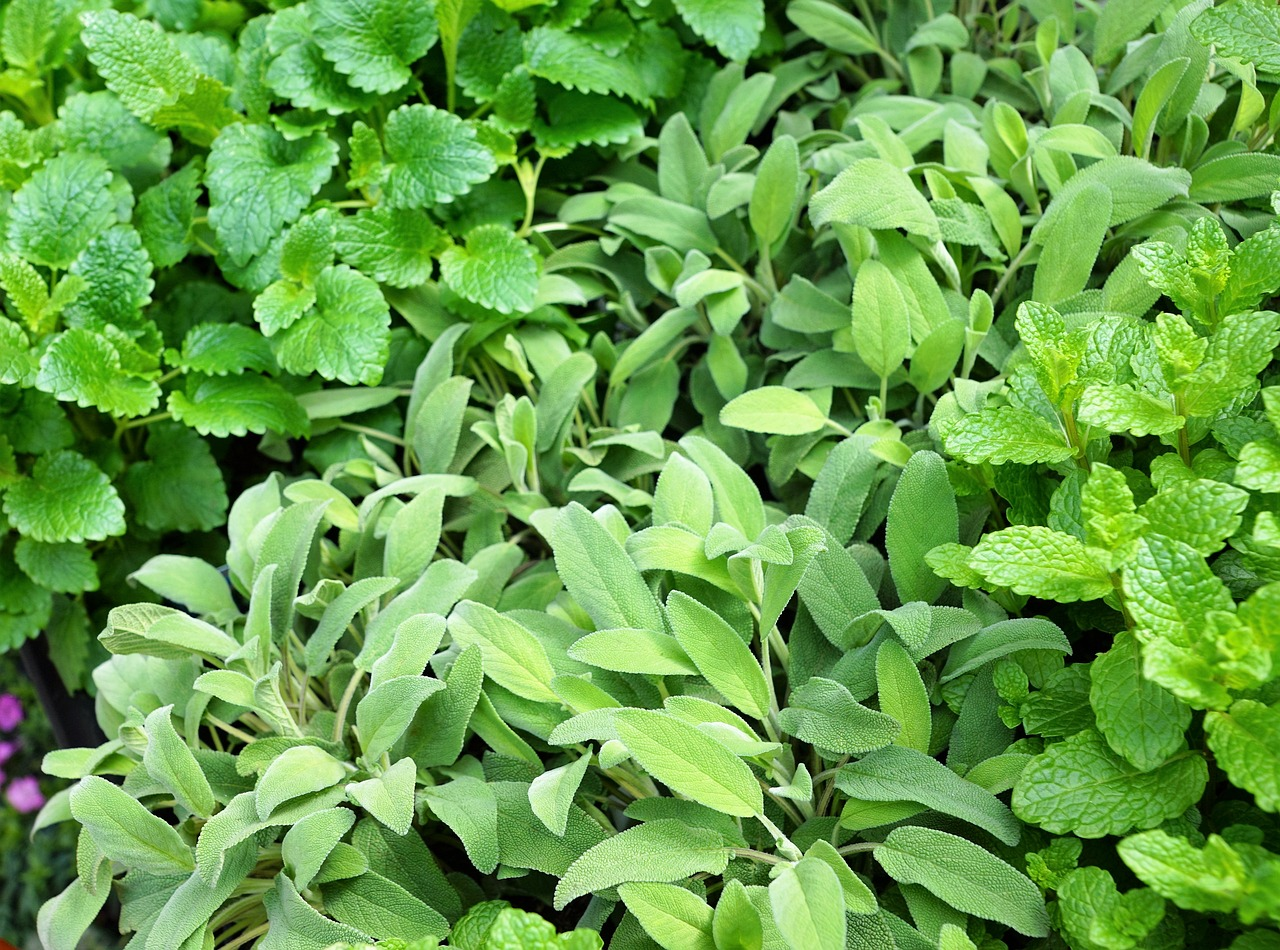Sage care
What you need to know
Sage is an uncomplicated plant to care for. Once the plant is properly established in the garden, you hardly have to do anything. As it is well adapted to drought, you only need to water it when it is very dry. Sage is also very resistant to disease and is usually spared. It is therefore also a good partner for mixed cultures, as it keeps diseases and pests away with its strongly scented essential oils.
When to cut sage?

Regular pruning is important to keep the shrub in shape. It is best to prune sage after the harvest in summer and again before the growing season in early spring. Autumn is not a good time for pruning.
Wintering sage - Is sage hardy?

Not every sage variety is hardy and can overwinter outdoors. Varieties such as true sage (Salvia officinalis) or clary sage (Salvia sclarea) are hardy. Leave all the branches on the plant over the winter. Even if they wither, they provide additional protection from the cold. The plant will retreat into the root ball and the protection of the soil and sprout again in spring. Although some varieties are hardy, they should be protected with a fleece in frosts below - 10 ° C/14 ° F.
Suitable varieties for perennial cultivation:
- True sage
- Dwarf sage
- Yellow sage
- Meadow sage
- Silver-leaf sage (particularly cold-resistant)
Exotic, variegated-leaved sage varieties are usually sensitive to the cold and must overwinter indoors. Grow these varieties in containers and place them in a bright spot at 5 to 15 ° C/41 to 59 ° F over the winter.
Propagate sage

The best way to propagate sage is by cuttings. The best time is between April and June. Cut off non-lignified shoot tips with three to four pairs of leaves. Cut them off directly below a leaf node so that roots form quickly. Remove the lower leaves and cut the remaining leaves in half. Now place the shoots in water.

